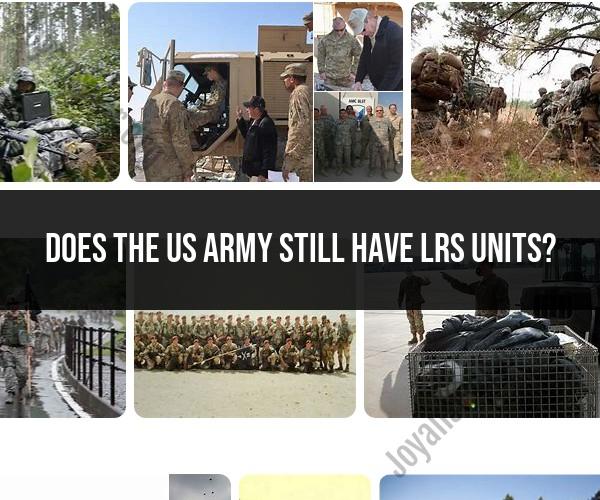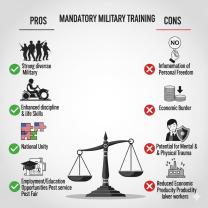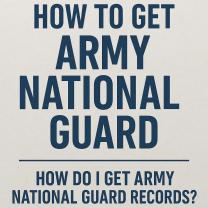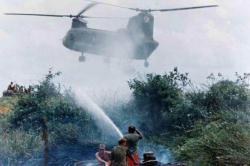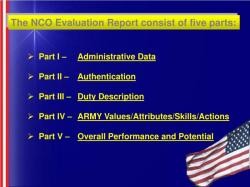Does the US Army still have LRS units?
The United States Army did have Long Range Surveillance (LRS) units, but the structure and organization of military units can change over time. LRS units were historically part of the Army's reconnaissance and surveillance capabilities, and they played a significant role in gathering intelligence and conducting surveillance in various operational environments.
LRS units typically consisted of highly trained and specialized soldiers who could operate deep behind enemy lines to observe and report on enemy activities. They used various methods, including reconnaissance patrols and surveillance equipment, to gather information critical for military decision-making.
To get the most up-to-date information on the existence and status of LRS units in the U.S. Army, it is recommended to check with official military sources, such as the U.S. Army's website or contact the appropriate military authorities. The structure and organization of military units can change in response to evolving strategic and operational requirements.
Exploring the Role of Long-Range Surveillance (LRS) Units in the US Army
Long-Range Surveillance (LRS) units are specialized reconnaissance elements within the United States Army that operate deep behind enemy lines to gather intelligence and conduct surveillance operations. These highly trained and versatile soldiers are experts in covert movement, observation, and reporting, providing critical information to commanders about enemy activities and capabilities.
Current Status of LRS Units in the United States Army
LRS units have a long and distinguished history in the US Army, dating back to World War II. While their role and structure have evolved over time, they remain an essential component of the Army's reconnaissance and intelligence-gathering capabilities. Today, LRS units are primarily found within the Army's Special Forces and Ranger regiments, though some conventional infantry divisions also maintain LRS capabilities.
Functions and Missions of LRS Units
LRS units perform a variety of critical missions, including:
Long-Range Reconnaissance: LRS teams infiltrate deep into enemy territory to observe and report on enemy activities, troop movements, and logistical operations.
Target Acquisition: LRS teams identify and pinpoint high-value targets, such as enemy command posts, supply depots, and artillery positions, for potential airstrikes or ground attacks.
Surveillance and Counter-Surveillance: LRS teams monitor enemy movements and activities, providing real-time intelligence to commanders. They also conduct counter-surveillance operations to detect and neutralize enemy reconnaissance efforts.
Battle Damage Assessment: LRS teams assess the effectiveness of airstrikes and artillery strikes on enemy positions, providing critical feedback for future operations.
Training and Specialization of LRS Soldiers
LRS soldiers undergo rigorous training to develop the skills and expertise required for their demanding missions. This includes:
Advanced Land Navigation: LRS soldiers are experts in map reading, terrain analysis, and covert movement techniques to navigate undetected through hostile environments.
Surveillance and Reconnaissance Techniques: LRS soldiers are trained in observation, camouflage, and concealment techniques to gather intelligence without compromising their position.
Survival Skills: LRS soldiers are proficient in survival techniques, including food procurement, water purification, and shelter construction, to operate independently in remote areas.
Communications and Reporting: LRS soldiers are skilled in secure communications and accurate reporting to relay critical intelligence to commanders in a timely manner.
The Importance of LRS Units in Modern Warfare
LRS units play a crucial role in modern warfare, providing commanders with real-time intelligence and situational awareness deep within enemy territory. Their ability to operate undetected and gather critical information is invaluable for planning and executing successful military operations. In today's complex and dynamic battlefields, LRS units remain a vital asset for the US Army, providing a strategic advantage in both conventional and unconventional conflicts.
